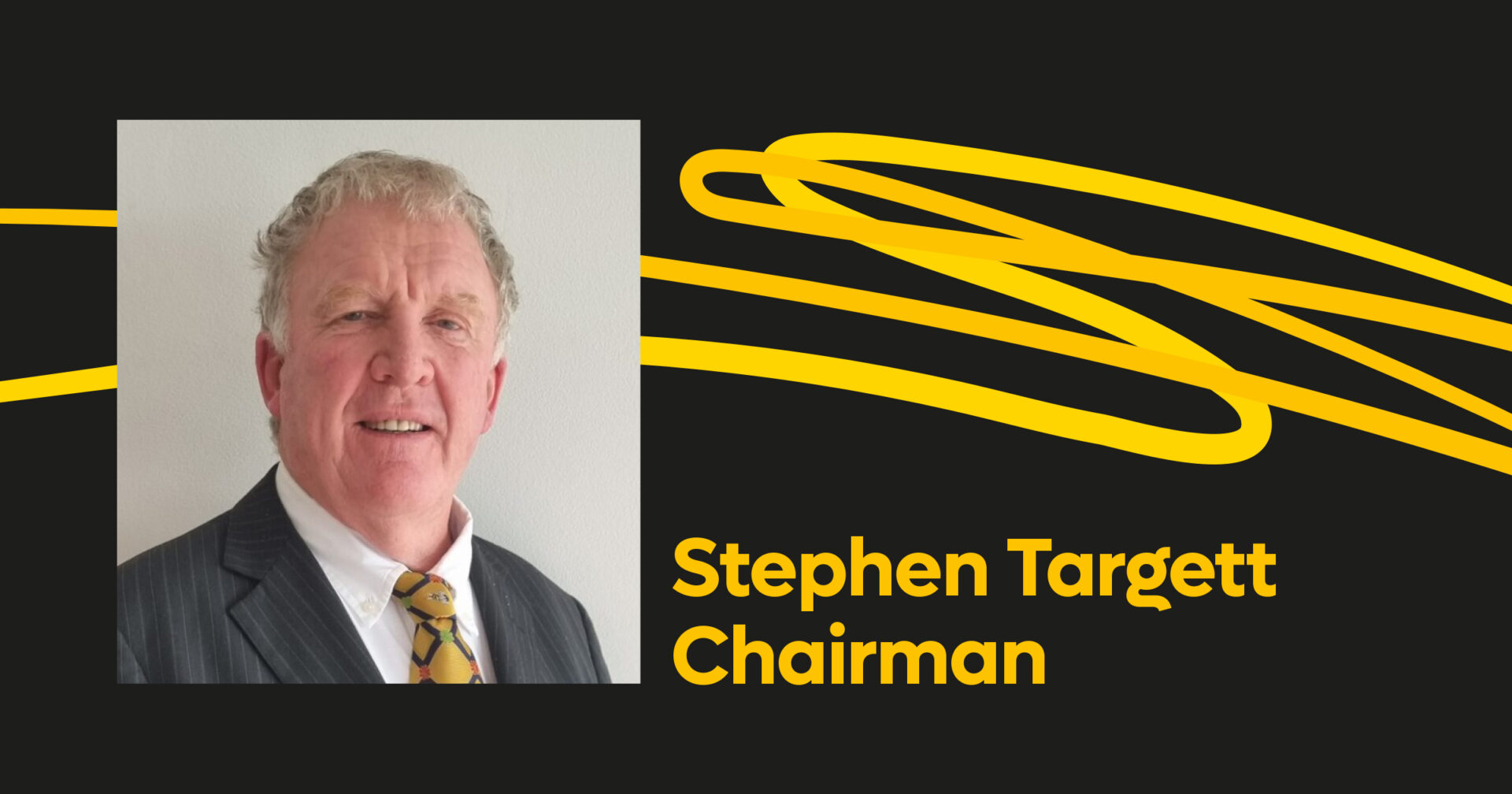Chair Report – July 2023
25 July 2023AHBIC recently held our AGM on the 8th July at Bendigo Victoria. Congratulations to Jon Lockwood on being elected Vice Chair of AHBIC. Congratulations also to Therese Kershaw, Stephen Fewster […]

AHBIC recently held our AGM on the 8th July at Bendigo Victoria. Congratulations to Jon Lockwood on being elected Vice Chair of AHBIC. Congratulations also to Therese Kershaw, Stephen Fewster and Lindsay Callaway on being re-elected onto the executive. I look forward to working with Jon and the executive as we progress a review of AHBIC and our strategic plan.
There were approximately 10 motions for AHBIC out of the AGM. We will be actioning these motions as soon as practical. Our highest priorities are the varroa response and the WA A. florea incursion.
An initial Consultative Committee Emergency Plant Pest (CCEPP) meeting was recently held for the Red Dwarf Honeybee (RDH) and the Euvarroa mite that has been detected in northwestern WA. The WA government is the lead agency for this incursion and will investigate to delimit the incursion and will report back to the CCEPP in due course. We know that the RDH will be devastating for the environment and beekeeping in tropical areas of Australia should it not be eradicated.
There is very little peer reviewed literature on the Euvarroa mite except that it is a close relation of V. destructor and has similar biology. It has migrated from RDH to European honeybees in other parts of the world and is reported live for two years in its phoretic phase. Prof. Samuel Ramsay who presented at NSWAA conference is studying this mite and stated at the conference that this mite is a huge risk to Australian beekeeping. AHBIC will be lobbying strongly to have both these pests eradicated. This appears achievable as the incursion is on a peninsula and only a small amount of RDH has been detected. However, the CCEPP does not have enough information to make any decisions at this stage.
Back to NSW and the recent varroa mite detection at Gumble NSW in the blue zone which has triggered a review of the current varroa eradication plan. A CCEPP meeting was held recently with no decision confirmed and a request for more information from the lead agency. NSW DPI will therefore be reporting back to the CCEPP after their investigations are completed on the IP at the end of the month.
Many questions are being asked as to the process to change the direction of the response. Ultimately the decision lies with the National Management Group (NMG) who take recommendations from the Consultative Committee for Emergency Plant Pests (CCEPP).
The latest detections trigger a review of the response plan by the CCEPP. At that review affected parties will likely be asked to decide if the ‘new information presented changes the technical feasibility of the response plan’. Any decision must be reached by consensus and if no consensus decision can be reached then affected parties must negotiate to reach a resolution. Negotiations could include changes to the response plan or the dissenting affected party leaving the response if in the minority.
AHBIC has one equal vote of the 26 votes at the CCEPP table and one equal vote of the 26 votes at the NMG table. These are biosecurity incidents and once the CCEPP has been raised for that biosecurity incursion due process is followed as outlined in the agreed deed. A lot of what happens in the CCEPP and NMG is confidential and cannot be shared. This is frustrating to AHBIC and other affected parties at times and understandably to industry members.
AHBIC is aware of beekeeper concerns over business viability and continuity with the increasing footprint of varroa. Communications will be able to be released shortly on our industries share of the cost of the varroa incursion. The total cost to our industry for the full 3-year response under the current agreed response plan version 3 is under $1.5 million. To put that into perspective:
NSW has over 300,000 hives – just one varroa treatment for every hive will cost $2.4 million collectively in NSW, just to purchase the miticide strips. Not including labour, travel and likely numerous treatments required. NZ treat for varroa twice a year.
There are challenges ahead for our industry. I am confident that with our knowledgeable CEO and passionate executive, industry can rise to these challenges and industry will be placed as best we can be on the other side of those challenges.
Stephen Targett
Chair
